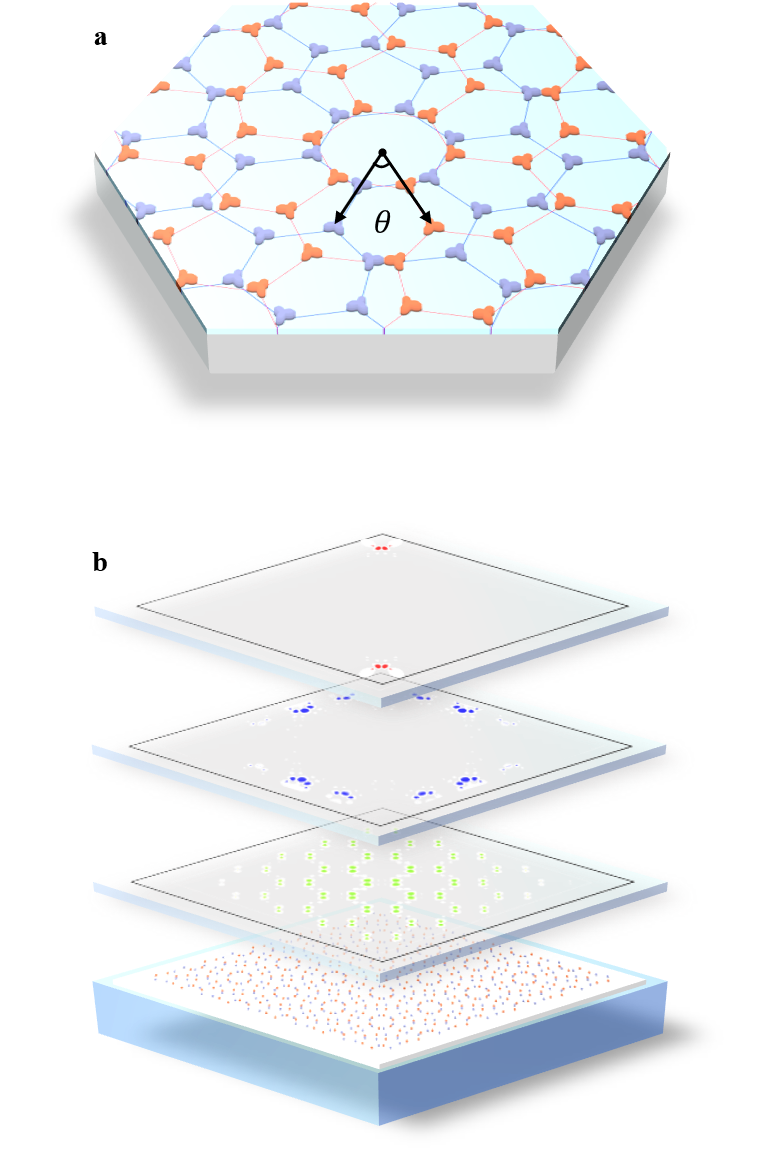주메뉴
- About IBS 연구원소개
-
Research Centers
연구단소개
- Research Outcomes
- Mathematics
- Physics
- Center for Underground Physics
- Center for Theoretical Physics of the Universe (Particle Theory and Cosmology Group)
- Center for Theoretical Physics of the Universe (Cosmology, Gravity and Astroparticle Physics Group)
- Dark Matter Axion Group
- Center for Artificial Low Dimensional Electronic Systems
- Center for Theoretical Physics of Complex Systems
- Center for Quantum Nanoscience
- Center for Exotic Nuclear Studies
- Center for Van der Waals Quantum Solids
- Center for Relativistic Laser Science
- Chemistry
- Life Sciences
- Earth Science
- Interdisciplinary
- Center for Neuroscience Imaging Research (Neuro Technology Group)
- Center for Neuroscience Imaging Research (Cognitive and Computational Neuroscience Group)
- Center for Algorithmic and Robotized Synthesis
- Center for Genome Engineering
- Center for Nanomedicine
- Center for Biomolecular and Cellular Structure
- Center for 2D Quantum Heterostructures
- Institutes
- Korea Virus Research Institute
- News Center 뉴스 센터
- Career 인재초빙
- Living in Korea IBS School-UST
- IBS School 윤리경영


주메뉴
- About IBS
-
Research Centers
- Research Outcomes
- Mathematics
- Physics
- Center for Underground Physics
- Center for Theoretical Physics of the Universe (Particle Theory and Cosmology Group)
- Center for Theoretical Physics of the Universe (Cosmology, Gravity and Astroparticle Physics Group)
- Dark Matter Axion Group
- Center for Artificial Low Dimensional Electronic Systems
- Center for Theoretical Physics of Complex Systems
- Center for Quantum Nanoscience
- Center for Exotic Nuclear Studies
- Center for Van der Waals Quantum Solids
- Center for Relativistic Laser Science
- Chemistry
- Life Sciences
- Earth Science
- Interdisciplinary
- Center for Neuroscience Imaging Research (Neuro Technology Group)
- Center for Neuroscience Imaging Research (Cognitive and Computational Neuroscience Group)
- Center for Algorithmic and Robotized Synthesis
- Center for Genome Engineering
- Center for Nanomedicine
- Center for Biomolecular and Cellular Structure
- Center for 2D Quantum Heterostructures
- Institutes
- Korea Virus Research Institute
- News Center
- Career
- Living in Korea
- IBS School
News Center
Searching for a strong coupling regime of photonic crystal moiré superlatticesPhotonic crystals are special material that is capable of periodically changing their refractive index. Currently, photonic crystals are being utilized in high-tech optical apparatus such as single-mode LEDs, photonic integrated circuits, and ultra-low loss phonic crystal fibers. While the practical use of photonic crystal was first limited to taking advantage of its unique light-matter interaction properties, it was not so long before the photonic crystal was appreciated as a promising platform where we can analogously study the electronic states of atomic crystals. This is due to the discovery that photonic crystals can more flexibly access the theoretical models devised in condensed matter physics, which is much more challenging to realize in most natural materials. Moiré materials consist of two atomic layers of the same or different 2-dimensional materials (such as graphene or tungsten diselenide) stacked at small relative twist angles. Recently, moiré materials were proposed as the solution to overcome the critical difficulties in engineering the materials beyond their intrinsic crystalline properties and are currently one of the hottest study topics. Nonetheless yet, the previous research activities in two-dimensional have been limited to the weak van der Waals couplings. Recently, researchers from the Center for Theoretical Physics of Complex Systems (PCS) within the Institute for Basic Science (IBS), South Korea realized for the first time the strong coupling regime of moiré photonics that furnishes the highly controllable platform for topological band engineering. Their results demonstrate many intriguing physical phenomena which are only available in the strongly coupled moiré superlattice. Particularly, they discovered the cascades of the topological flat bands at large twist angles, which has never been explored previously. One of the most important findings in their works is that the discovered flat bands are produced by a novel interference mechanism known as the Aharonov-Bohm cage effect. This flat band formation mechanism is far different from those found in conventional photonic crystals, which involve only small twist angles. Furthermore, the flat bands are shown to be topologically non-trivial, which is characterized according to the existence of the higher-order topological states sequencings from the bulk modes to the edge and corner ones. The newly unveiled features are in direct contrast with the standard phenomenology that has been previously studied in the moiré superlattices of electronic systems. The results are expected to provide important insight into moiré material, attracting broad attention to interdisciplinary research of condensed matter physics and photonics.
Notes for editors
- Reference
- Media Contact
- About the Institute for Basic Science (IBS)
|
| Next | |
|---|---|
| before |
- Content Manager
- Public Relations Team : Yim Ji Yeob 042-878-8173
- Last Update 2023-11-28 14:20












